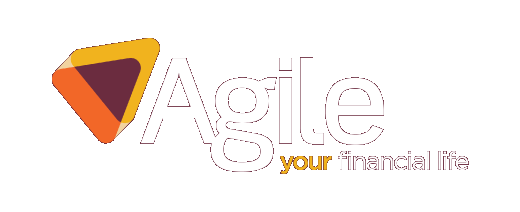More than 70% of Brits think Inheritance Tax (IHT) is unfair, according to a poll carried out by Tax Policy Associates in 2023. You might consider how other countries handle taxing assets when you pass away to be “fairer”, read on to find out more.
Over the last few months, you’ve read about how IHT works in the UK and some of the steps you may take to reduce a potential bill.
In the UK, IHT is a type of tax that’s levied on the estate of someone who has passed away if the total value exceeds certain thresholds. The portion of estates above the threshold may be liable for IHT at a standard rate of 40% in 2024/25.
Many countries have some form of IHT. Indeed, according to euronews, 19 countries in the EU levy some form of tax on inheritances, gifts, or estates.
So, how does the UK differ in the way that it taxes estates? Read on to discover how other countries tax assets after you’ve passed away.
Several countries have no form of Inheritance Tax
While many countries do levy a tax when passing on assets, there are a few that don’t have any form of IHT. For example, Austria abolished IHT in 2008, and Norway followed suit in 2014.
In the UK, modern IHT tax dates back to 1894 when an estate duty was introduced. However, there were different types of IHT going much further back. While there have been calls to abolish IHT in the UK, it’s not a step Conservative or Labour governments have taken so far.
The threshold for paying Inheritance Tax varies significantly between countries
Among countries that have IHT, the majority of estates fall under tax thresholds and aren’t liable.
As a result, taxes on estates typically make up a small proportion of total tax revenues. In fact, the Financial Times reports only four of the 38 countries that are part of the Organisation for Economic Co-operation and Development (OECD) derive more than 1% of their total tax revenue from inheritances, estates, or gifts – Belgium, France, Japan, and South Korea.
The threshold for paying IHT varies significantly. In the UK, in 2024/25, the nil-rate band is £325,000. If the value of your estate is above this figure, IHT might be due.
In contrast, a Belgium citizen might need to consider an IHT bill if the value of their estate is more than just €12,500 (£10,505) depending on the region they live and who their beneficiaries are.
On the other end of the scale, in the US, federal estate tax is only required if the value of the estate exceeds $13.61 million (£10.25 million), and only six states levy additional IHT.
Many countries tax the recipient rather than the estate
The UK is an outlier in how it taxes the assets of the deceased. The UK is one of a small number of countries that tax the estate and consider the total value, not how the assets will be distributed. Denmark and the US also take a similar approach.
In many other countries, rather than taxing the estate, the recipient is taxed. So, an IHT bill would consider the gains each recipient has made and their personal circumstances.
In a 2023 report, the Institute for Fiscal Studies stated that taxing recipients and considering their wealth would be “the most appropriate way of taxing inheritances”, if IHT aims to reduce the effect of inherited wealth on inequalities. It notes this would allow a “transfer of £500,000 to a millionaire to be taxed differently from a transfer of £500,000 from the same estate to someone who is poor”.
The majority of countries favour a progressive Inheritance Tax rate
Again, the UK is an outlier by having a flat rate of IHT. In 2024/25, the portion of your estate that is liable for IHT would be taxed at a standard rate of 40% in most cases.
In contrast, many other countries favour a progressive tax – where the tax rate is increased for estates that have a higher value. For example, in Denmark the IHT rate is between 15% and 25%, and in Belgium, it could range from 3% to as high as 80%.
Many other taxes in the UK are progressive. For instance, you may pay a higher rate of Income Tax on the proportion of your income that exceeds the higher- or additional-rate thresholds. So, making IHT progressive could align it with other taxes.
Contact us to talk about Inheritance Tax
If you’d like to talk about your estate’s potential IHT liability and the steps you could take to reduce the potential bill, please contact us.
Please note:
This blog is for general information only and does not constitute advice. The information is aimed at retail clients only.
Please do not act based on anything you might read in this article. All contents are based on our understanding of HMRC legislation, which is subject to change.
The Financial Conduct Authority does not regulate Inheritance Tax planning.











